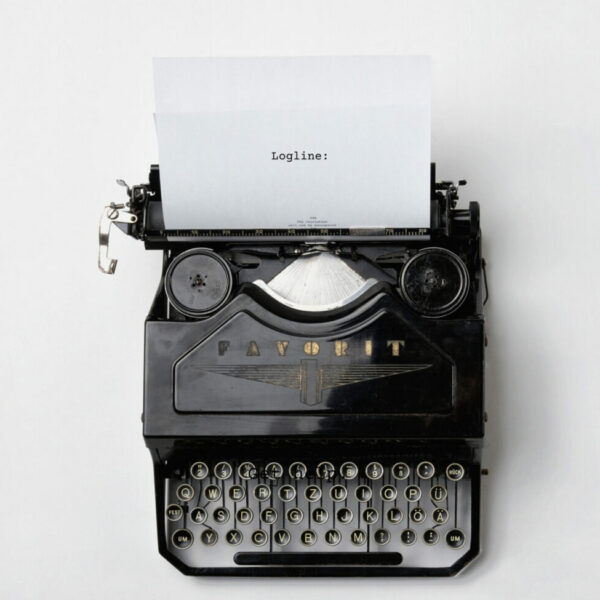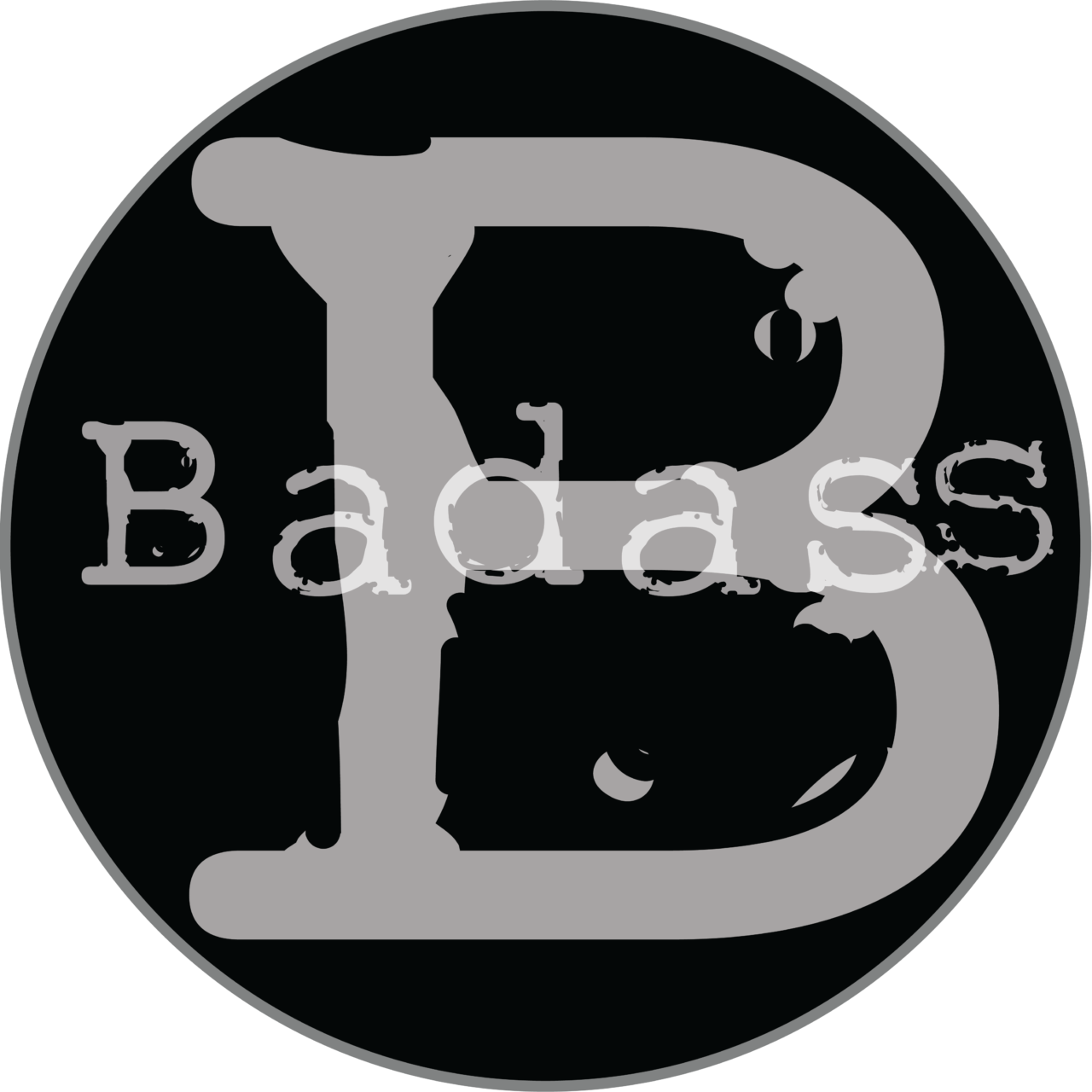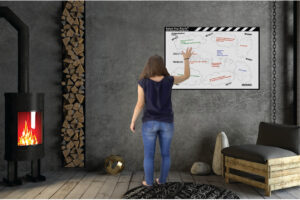How to use a Beat Board to develop and outline your screenplay's story
A Beat Board (also called a beat sheet or script outline) is a visual representation of the main points — the beats– of your story. Every major action, turning point, redirection, and forward movement in your screenplay is called a beat. By plotting your beats on a sheet or board, you can keep the your story’s progression straight in your mind.
Think of a beat board like a map, only instead of planning a physical trip, you’re plotting your story.
Steps to Using a Beat Board to outline your screenplay:
- Write down your idea or concept
- Brainstorm your story idea
- Refine your premise
- Create a logline for your screenplay
- Flesh out and give texture to your characters
- Analyze and plan your plot beats
- Fill out your scene cards and plan your sequences
- Reinforce the conflict in your story
- Rearrange your scenes as required
- Write your screenplay
1. Write down your idea or concept
This is the first, and perhaps the easiest step to accomplish when writing a screenplay. You likely have a dozen or more ‘great ideas’ bouncing around your badass brain. Your idea might be fantastic. It could be high-concept with a brilliant third act twist. But ideas are not stories. At best, they are premises that identify the main character and the circumstances of their world. But as Aristotle famously noted, to become a story, it needs a beginning, a middle, and and end.
By following these ancient words of wisdom, you immediately have three key points to add to your map. When you can visualize these three points in your story, you’ll be amazed at how it will focus your thoughts. Now, all you have to do is fill in the gaps in between. Yes, it’s true that the story won’t write itself, but this seemingly minuscule act of identifying those key points has immediately put your story into visual perspective.
Why is this step so important?
We humans are visual beings. This is why we flock to movies and art exhibits and the ballet. One type of event demonstrates this in spades: concerts. We spend hours travelling to crowded stadiums, to get pushed and shoved and covered in spilled beer to listen to our favorite bands play the music we could easily listen to at home. Why? Because we want to see the music. We crave that visual representation of the sound waves that penetrate our minds.
When we grasp this fully, it’s easy to understand how the visual depiction of our story line at the outlining stage is vital to the story’s telling.
But wait! If I plot out my story on a beat board, it will stifle my creativity. The end result will be will be formulaic and blah.
If you’re like most new screenwriters, you’ve spent countless hours exploring the cavernous rabbit holes of the internet searching for gold nuggets of writing wisdom. And you’ve likely come across this –in my view ridiculous– proclamation.
That’s like suggesting that if you follow a recipe for chocolate chip cookies, you can’t add macadamia nuts. Wtf? I love macadamia nuts and I’ll add them to my damn cookies whenever I feel like it. For talented bakers and chefs, a recipe is just a guide for them to play with, to add or substitute those ingredients that will enhance it. But the basic recipe stays the same, so the end result will be tasty cookies and not a hot mess.
The same goes for movies. There is a definite structure (recipe) to a feature film or a television sitcom. If you don’t understand the basic formula, your cookies will fail.
Every screenwriter outlines their screenplays to some extent, even those who say they don’t. Some may plan in their head, or on a napkin, or in a notebook. But everyone outlines. They have to look forward to the middle and the end of their script. It’s impossible to finish if they don’t. A scarce number of writers, (known as ‘pantsers’ because they write from the seat of their pants) only need to know the beginning, middle and end and they write the middle bits on their screens. Kudos to those rare unicorns. But most of us need a more detailed idea of where our story is going.
That’s all I have to say about that.
So let’s begin. Write down your idea and concept in as much detail as you can. If you have a whiteboard or corkboard, use it. Most writers’ rooms use whiteboards and sticky notes or index cards extensively. If you don’t already have one, check out our Screenwriter’s Toolkit here.
2. Brainstorm your story idea
This is the first, and most basic brainstorming phase for screenwriters. We call it Phase I and we designed a guide to help you through this part of your screenplay. We call it the Brainstorming Guide – Phase 1 (pretty obvious huh?). If you’re not sure how to brainstorm, here’s a link to some more brainstorming resources to help you get started.
As screenwriting professor Michael Hauge clearly explains in his lectures, every movie can be boiled down to a single sentence: It’s a story about a ______ who wants to _______.
While this may appear to be an improbable over-simplification, you can test it for truth. To begin expanding your story, it helps to distill it first into one sentence. No, I’m not talking about loglines. Those are different animals entirely and require much more thought and effort. (Check out some of our favorite resources on loglines here.) This is the bare bones premise of your story.
Here are some examples of one line story sentences:
- Braveheart: A story about a man who wants to secure freedom for Scotland.
- Silence of the Lambs: A story about a young FBI agent who wants to catch a serial killer by enlisting the help of another serial killer.
- Die Hard: A story about an off duty cop who wants to save his wife and her colleagues from terrorists.
These are all pretty basic but you can see how they provide a solid starting point from which to expand.
Try this exercise with your own story idea. Write it down. Now you can begin to expand on your idea. Which characters will be involved?
Let’s take Die Hard as an example, with our original idea sentence: “A story about an off-duty cop who wants to save his wife and her colleagues from terrorists.” We can list the following characters:
- The Protagonist – John McClane
- His wife – Holly Gennaro McClane
- The Antagonist – Hans Gruber
- Police Sergeant – Al Powell
- Limo driver – Argyle
And so on. Once you list a few characters, you can begin to expand your concept and add details. With a few characters in mind, it is now possible to elaborate on the core story idea and refine the premise. For example, you could add things like:
- The world – Describe the place where this story will occur. What country? City? Building?
- The time – When does it take place? What year is it? Over how long a period of time?
- The Why – Why is this happening? Why is McClane’s wife in danger from the terrorists?
- The How – How is McClane involved? How did he get there and how will he get away? How will he defeat Gruber?
With these fresh new thoughts, you can now add to your simplified story sentence. For example, you can write:
A story about an off-duty cop who wants to thwart the invading terrorists to save his estranged wife (and his marriage) along with her colleagues who are trapped and held hostage in an LA office building rigged with explosives.
Wow, that’s long winded, but that’s okay for the moment. The point is, you’re adding meat to the bones of your original idea. It doesn’t need to be one sentence. We’re not writing the logline, not quite yet. In fact, try sketching it out in point form.
If you already own the Badass Beat Boards Screenwriters Edition toolkit, you can use the Brainstorming – Phase I board to guide you through this entire process. If not, no worries. You can use a sheet of paper, a whiteboard or even a word processor or spreadsheet app. What’s important is that you jot all your ideas down, before you forget them. Even if they’re not all “write home to mother” ideas, the mere act of jotting them down will help you move forward with your writing project.
Now you have a good handle on your story premise, you will be able to develop your logline.
3. Refine your premise
Again, your premise is your core story idea. Often it’s the answer to a What If? question you woke up with. Like, what if a guy with a terminal disease gets a job at a suicide hotline. Yeah, pass on that. Okay, what if a teenager finds a lost dog but hides the pup so she doesn’t have to return it to its rock and roll star owner. Not perfect, but better.
Notice how these present as scenarios, not loglines or fully fleshed ideas. They describe a set of circumstances in which the protagonist finds themselves. By nailing this down, you can start to think about the protagonist’s goal, obstacles, and enemies.
Note that a premise is not the same as a “concept,” although those two words are often used interchangeably. Some consider a concept as a higher level idea, like a theme. “Haves versus have-nots.” Others consider the premise the high level idea.
We don’t want to get into a debate over semantics. So when we say premise, we mean the essence of your story idea. Confused? Here’s John August’s take on the word ‘premise.’
Write down everything you know about the characters, world, and action at the opening scene. Where is it? Who’s involved? What’s the scenario for the hook? You’ll be massaging this idea for awhile so drill down deep.
4. Create a logline for your screenplay

Loglines are notoriously difficult to write and they are critical to your success. In fact, the logline is probably the most misunderstood instrument in the average screenwriter’s toolbox. We’ve created a very specific and easy to use guide to help you with your logline. It’s call the Logline Matrix™.
In a nutshell, your logline is a precise and concise sentence or two which conveys the essence of your story. There are volumes of opinions about them and criteria to create them, but essentially your logline is a crucial marketing aid that either will or won’t result in a read request.
That is its only purpose. To secure interest from a producer. A logline is not the same animal as the intros on a streaming platform or a movie poster. Those leave some mystery and target a completely different audience: potential viewers of a completed film. A successful logline is not coy.
Some screenwriters nail down their logline before they even begin to write their outline, while others wait until they finish their first draft, or even at the 11th hour when they’re ready to submit to a contest or start shopping their script via queries.
The only universal truth about loglines is they are not optional. You cannot choose to not write one, unless you want your script to sit on your hard drive forever or gather dust in the Cloud. It’s simply impossible to pitch your project or enter a contest without one.
You can get help, of course. You can pay for coverage and let a reader you’ve never met distill your story. But it’s a skill worth learning to do well yourself. We designed the Badass Logline Matrix™ to guide you. Don’t have it? Not a problem. We’ve assembled some fab resources to help.
Yes, writing a logline is a complex process. But the good news is there are exceptional educational resources available, mostly free. Here are some freebies from our friends to help you get started developing your super effective logline.
5. Flesh out and give texture to your characters
Whether you’ve written your logline already or you’re still saving that tricky task for later, you can begin to develop your main characters. You’ll endow them with desires and flaws and breathe life into them so they become relatable and plausible. If you’re using the Badass Beat Boards Character Profiler, you can simply fill in the blanks using your detailed instructional guide as a reference. If not, read on.
There is nothing more important to the success of your story than your characters. This is especially true of your hero (protagonist) his/her nemesis (antagonist). Of course, all the other aspects of your screenplay are also important, but your characters are what readers and audiences will become invested in and remember long after they forget the details of your plot line and story world.
So how do you create great characters? The easy answer is to give them “real people” qualities. They need a backstory. They need goals, desires, and flaws to give them layers and authenticity. In fact, you’ll find their goals and flaws will drive your story.
We’re deeply invested in character development. Start with our own four-part blog series and look for more links there. How to Create Authentic Characters Part 1
Or head over to our external resources page for articles and videos on character development from our esteemed colleagues.
6. Analyze and plan your plot beats
This is where some screenwriters throw up their hands or scratch their heads. What exactly is a beat, anyway?
Beat: Such an interesting word, with so many meanings.
- As a verb it means: to strike, to defeat, to get ahead of, to be better than, to overcome, to baffle, to pulsate, the action of a bird’s wings, to sail into the wind, or to swiftly stir eggs or cream.
- As a noun it means: a cop’s time of duty; a reporter’s niche, a prostitute’s section of pavement, the sound or vibration of a drum, or a beatnik.
- As an adjective it can mean either exhausted or describe the philosophy of the poet Allen Ginsberg.
There are dozens of phrasal expressions that use the word. But let’s stop beating around the bush and get to the beating heart of this.
Like the word PASS, in screenwriting the word beat has distinct – and debatable – meanings. You don’t have to surf long or wade too deeply into the world wide web to find disagreements over the definitions. In screenwriting, the word ‘beat’ means all of the following:
- A pause in dialogue or action (and usually an unnecessary parenthetical)
- The primary plot points and turning points in a script
- The smallest element in a story
Ditch the first definition for now; that’s another discussion. The Badass Beat Boards™ toolkit will help you organize your primary story beats, sub-beats, and sequences, so you can see, feel, and touch them. Specifically, you can use one of the three different plot developer guides (3-Act, 5-Act, and 9-Act) to note precisely where your primary beats will occur. Owners of the Badass Beat Boards Story Planning & Outlining System – Screenwriters Edition have access to detailed guidance on how to plot their story beats.
Don’t have the toolkit? No problem. Obviously, you don’t need it to write a screenplay. But we’re pretty sure it can help you write your scripts faster and with more confidence that they don’t miss a beat 🙂
Start here:
- Write out any plot points you already know.
- Fill in any other information you’re tinkering with.
- Look at the spaces between your known plot points and consider what needs to happen between them to achieve your primary plot goal.
- Flesh out your existing beats.
- Look for opportunities to insert setups/payoffs, twists, and other colorful writing devices that could enhance your screenplay.
Still uncertain? Head over to our resources page after you’ve read our detailed blog piece How to use a beat board or beat sheet to outline your screenplay.
7. Fill out your scene cards and plan your sequences
If you already have the Badass toolkit, use the scene cards provided. If not, try index cards or sticky notes. This is a vital step to ensure that when you sit down to write your story, it flows logically and there are no holes. The Scene Sequencer™ is a great tool that helps you develop your scene sequences in an organized, methodical fashion.
The Badass Scene Board is the same size and lightweight material as the Main Board, so can live wherever you want when you’re ready to use it. Some writers like to keep it up throughout the planning process while others only put it up when they’re ready to plot their scenes. The Scene Board features a grid for easy alignment. It’s designed to hold all your Scene Cards with the non-glue reusable adhesive ‘dots’ which make them super easy to move around.
The scene board is used optimally in conjunction with the sister guides: Scene Accelerator and Scene Sequencer, which help you detail the nuts and bolts of your scenes, including what happens before and after.
You can write directly on the Scene Accelerator and Scene Sequencer guide boards while you’re working out the scene-by-scene cards. All the Badass elements in the toolkit are easily erasable and infinitely reusable because of the special finish and markers.
Make sure you spend some of your budgeted ‘education time’ on our vetted resources. Here are some that deal with Scenes and Sequencing.
8. Reinforce the conflict in your story

Conflict doesn’t necessarily mean a fist fight with the bad guy, or even a shouting match inside a family. Sometimes it’s an internal struggle, or the hero dealing with a non-human obstacle, like a missed train, a dead phone, or a flat tire.
Depending on your screenplay’s tone, you –the writer– need to plan to include conflict of some sort in every scene, whether interpersonal conflict or conflict with the circumstances.
The Badass Conflict Chamber guide, a separate board like the others, will help you devise the conflicts your protagonist will face. Don’t have the toolkit? You can use a notebook. The great thing about the Conflict Chamber (just hang it on the main board or on its own) is that, like all the Badass Guides, you can see every possibility at a glance and write directly on it with the erasable markers.
Need some help understanding how conflict works inside your story? Check out our hand-picked resources about conflict and how to use it well in your screenplay.
9. Rearrange your scenes as required
It’s remarkable how a script can transform, simply by rearranging the order of events. This is so much easier to do by working with tactile, movable cards than following your own handwritten notes on a legal pad.
10. Write your screenplay
Sit your butt down. Open Final Draft (or your other preferred screenwriting program). Open a new project. The writing should be a breeze. Have fun. We’ll see you on the red carpet.




